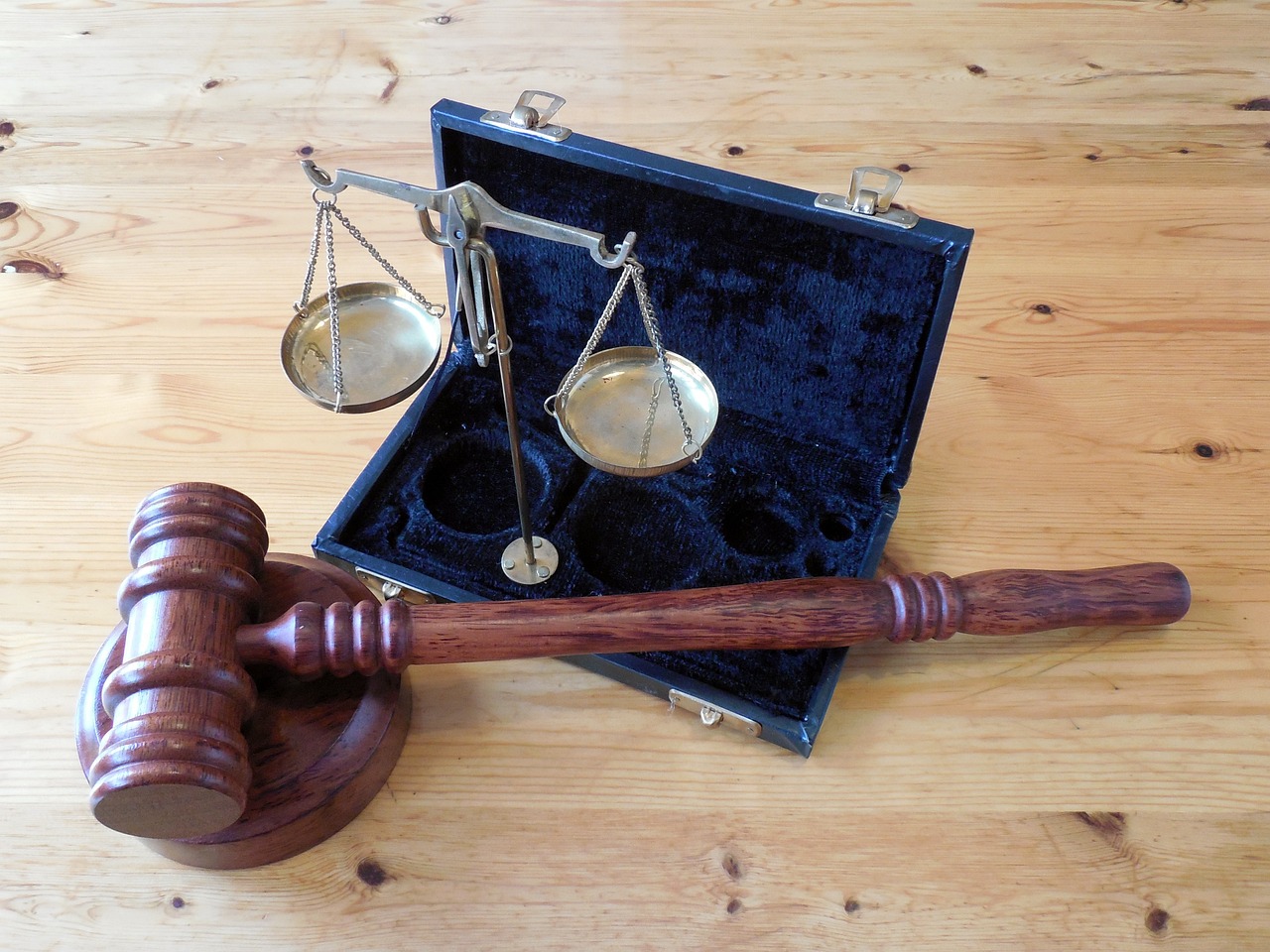
Introduction
Section 339 of the Indian Penal Code (IPC), 1860 deals with the offence of wrongful restraint. The punishment for the Section has been given under Section 341 IPC. The present article aims to present before the readers all that they need to know regarding wrongful restraint.
What is wrongful restraint?
Wrongful restraint has been defined under Section 339 of the IPC. It states that
- Whoever voluntarily obstructs any person so as to prevent that person from proceeding in any direction in which that person has a right to proceed, is said wrongfully to restrain that person.
- Exception.-The obstruction of a private way over land or water which a person in good faith believes himself to have a lawful right to obstruct, is not an offence within the meaning of this section.
What is the Punishment for the offence of Wrongful restraint? (IPC 341 Punishment)
Wrongful restraint has been made punishable under Section 341 IPC. According to which whoever wrongfully restrains any person shall be punished with-
- simple imprisonment for a term which may extend to one month, or
- with fine which may extend to five hundred rupees, or
- with both.
341 IPC Cognizable or not? 341 IPC Bailable or not?
The offence of wrongful restraint (341 IPC) is a non-cognizable offence, which means that the police cannot arrest a person without a warrant. It is also a bailable offence, which means that the accused can be released on bail after being arrested. However, if the wrongful restraint (IPC 341) causes hurt, grievous hurt, or death, then it becomes a cognizable and non-bailable offence under sections 323, 325, and 304 respectively.
What is the purpose of the IPC 341 (Wrongful restraint)?
The purpose of this provision is to protect individuals from being unlawfully restrained by others. It aims to safeguard their freedom of movement and ensure that no one is deprived of their liberty without just cause. This section also serves as a deterrent against those who may try to restrict someone’s movements against their will.
What are the important Supreme Court decisions on 341 IPC?
One important decision related to this provision was made by the Supreme Court in the case of State of Maharashtra v. Chandraprakash Kewalchand Jain. In this case, the accused had wrongfully restrained the victim and caused him grievous hurt. The court held that the offence of wrongful restraint is complete as soon as the restraint is imposed, and it is not necessary for any other act to be done by the accused. The court also clarified that the restraint need not be physical; it can also be mental or emotional.
Another crucial decision was made by the Supreme Court in the case of State of Punjab v. Balbir Singh. In this case, the accused had wrongfully restrained a woman with the intention to outrage her modesty. The court held that if a person is wrongfully restrained with the intention to commit any other offence, then it would not fall under the ambit of Section 341 IPC, but under the specific offence intended to be committed.
Section 341 IPC is often used in conjunction with other sections of the IPC, such as sections 342 (wrongful confinement), 354 (outraging modesty of a woman), and 509 (word, gesture or act intended to insult the modesty of a woman). These sections provide a more comprehensive approach towards protecting an individual’s freedom and dignity.
It is important to note that this provision does not apply to acts done in good faith for the benefit of the person restrained, or for the benefit of others. For example, a doctor restraining a patient during a medical procedure or a parent restraining their child to prevent them from harm would not be considered wrongful restraint.
Difference between wrongful restraint and wrongful confinement
| Wrongful restraint (IPC 341) | Wrongful confinement (IPC 342) |
| Restraining a person proceeding in a particular direction, in which he has a legal right to proceed.Partial restraint | Confining a person so as to prevent him from proceeding beyond certain circumscribing limits.Total restraint |
Conclusion
In conclusion, Section 341 IPC serves as a crucial safeguard against wrongful restraint. It protects an individual’s fundamental right to liberty and ensures that no one is unlawfully restrained without just cause. However, it is essential to remember that this provision should not be misused or abused. The state must take necessary measures to prevent incidents of mob violence and vigilantism, which go against the very essence of this provision. As responsible citizens, we must also be aware of our rights and responsibilities and refrain from taking the law into our own hands.









